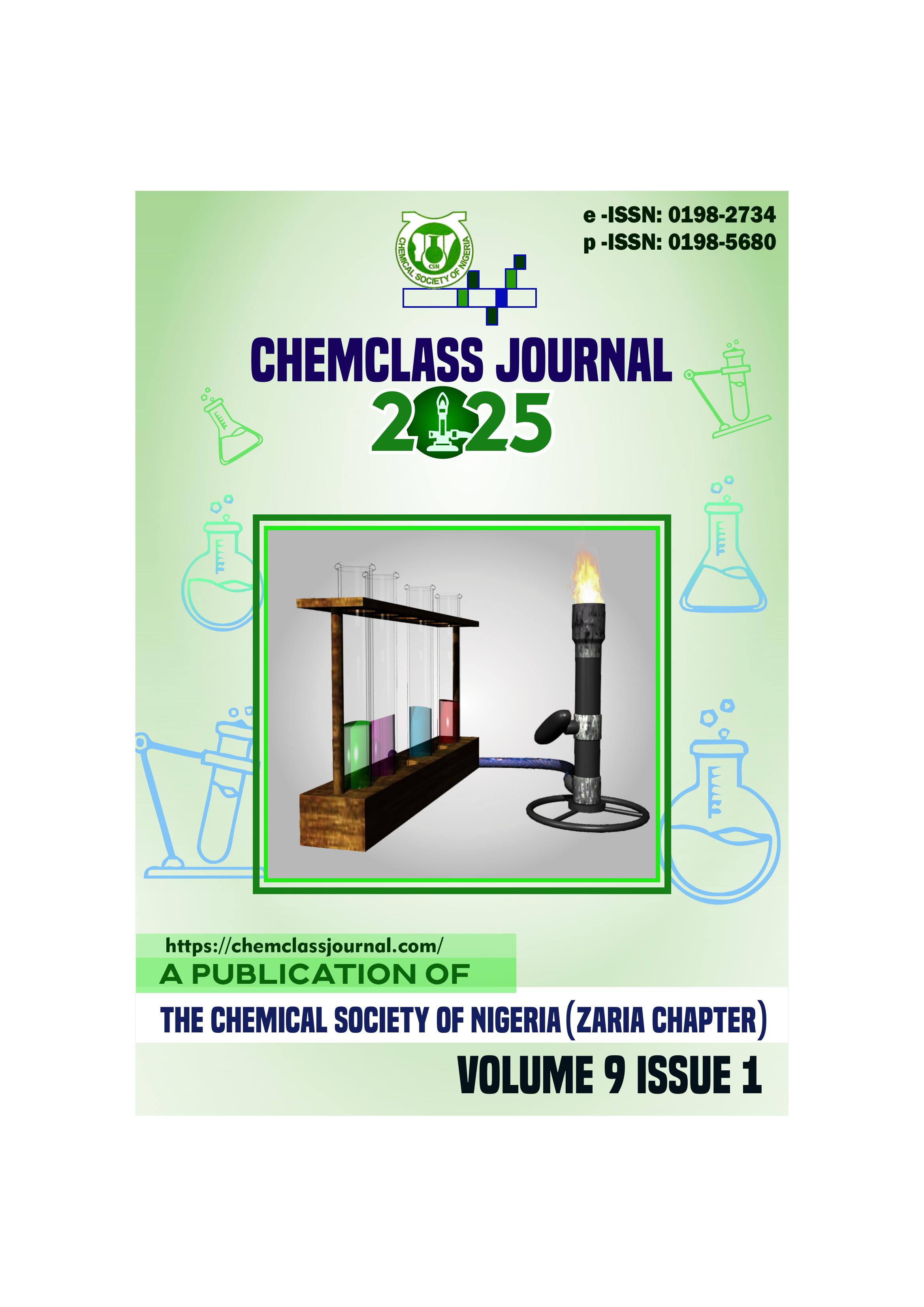Comparative Evaluation of Pterocarpus osun and Hibiscus sabdariffa Plant Extracts as Eco-Friendly Corrosion Inhibitors for Mild Steel in Hydrochloric acid
DOI:
https://doi.org/10.33003/Keywords:
Corrosion inhibition, gravimetric, Hibiscus sabdariffa, mild steel, potentiodynamic, polarization, Pterocarpus osunAbstract
The study is a comparative analysis to evaluate the inhibition efficacies of two plant extracts; Pterocarpus
osun (PO) and Hibiscus sabdariffa (HS), to mitigate the corrosion rate of mild steel in hydrochloric acid.
The solutions used for the tests were prepared by extraction through refluxing the ground plant parts in
ethanol, and using the extracts to prepare solutions of 100-3000 mg/dm3 concentrations. The corrosion
inhibition performance was tested on mild steel coupons using weight-loss and potentiodynamic
polarization techniques in 0.1 M and 1.0 M HCl media. The corrosion experiments spanned for a period of
120-hour at 24-hour interval of suspension, retrieval of the metal coupon and re-weighing to measure
weight loss, and subsequently calculating the inhibition efficiencies were carried out. Results indicate that
both PO and HS significantly reduced corrosion rates, with inhibition efficiencies reaching up to 98.9% for
PO and 96.9% for HS at higher concentrations. The results showed decreased weight loss and reduced
corrosion rates in the company of PO and HS at higher concentrations. The polarization results showed that
both extracts functioned as mixed-type inhibitors. The study confirms PO and HS as effective, renewable
and sustainable inhibitors for the corrosion of mild steel in acidic system: and can be utilized in industrial
settings for economic benefits.





 ChemClass Journal
ChemClass Journal
